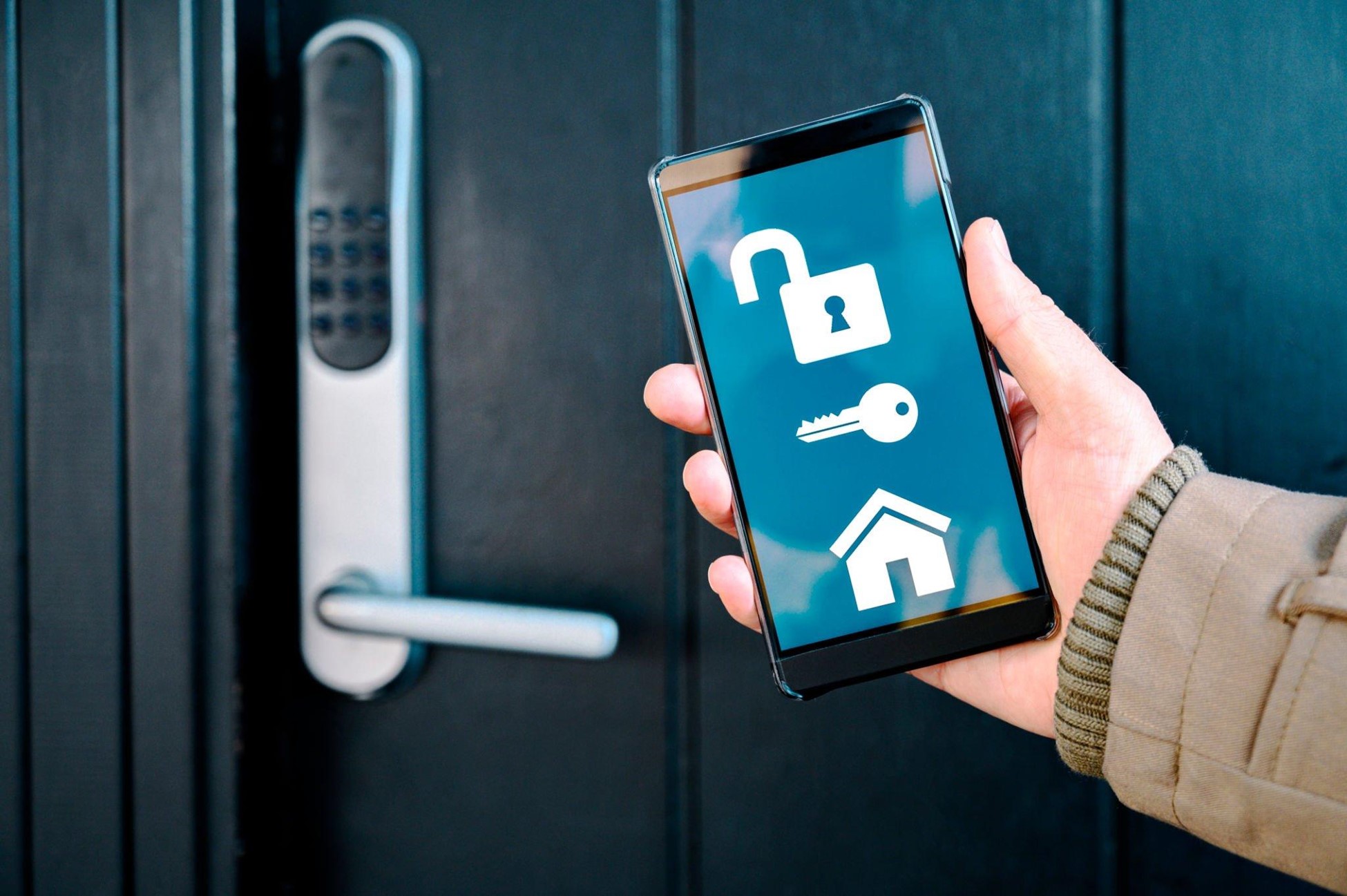The Internet of Things (IoT): Connecting the Dots in the Digital Age
In a world increasingly dominated by technology, the Internet of Things (IoT) stands out as a revolutionary concept. IoT refers to the interconnected network of devices, vehicles, and other physical objects that are embedded with sensors, software, and network connectivity, allowing them to collect and exchange data. This article explores the various facets of IoT, from its foundational components to its diverse applications and future trends.
Key Components of IoT

At the heart of IoT are its key components: sensors and actuators, connectivity protocols, and data processing and storage. Sensors gather data from the environment, while actuators respond to that data, making adjustments based on the information received. Connectivity protocols enable seamless communication between devices, and robust data processing and storage are essential for making sense of the vast amounts of information generated by IoT devices.
Applications of IoT in Everyday Life
The influence of IoT extends into our daily lives, from smart homes and appliances that can be controlled remotely to wearable devices that monitor our health. The healthcare industry, in particular, has witnessed a transformation through IoT, with remote patient monitoring and predictive healthcare analytics becoming increasingly prevalent.
Impact of IoT on Business and Industry

Businesses have embraced IoT to enhance efficiency and productivity. Industrial IoT (IIoT) has revolutionized manufacturing processes, while supply chain optimization has become more precise through IoT applications. The impact is not limited to manufacturing; it permeates various sectors, reshaping how industries operate.
Challenges and Concerns in IoT
Despite its transformative potential, IoT comes with its share of challenges. Security and privacy issues loom large, with the interconnected nature of devices creating vulnerabilities. Standardization and data management are also concerns, as the sheer volume of data generated by IoT devices poses challenges in terms of processing and storage.
Future Trends in IoT

The future of IoT holds exciting possibilities. Edge computing, the integration of 5G, and the synergy between IoT and Artificial Intelligence promise to take the technology to new heights. These advancements will enable faster data processing, reduced latency, and more intelligent decision-making.
Case Studies of Successful IoT Implementations
Numerous success stories showcase the practical applications of IoT. Smart cities leverage IoT for improved infrastructure, traffic management, and public safety. Agriculture benefits from precision farming, and transportation and logistics are streamlined through IoT solutions.
You May Also Like: Cybersecurity: Safeguarding the Digital Realm
IoT and Environmental Sustainability
In addressing global challenges, IoT plays a pivotal role in environmental sustainability. From energy-efficient practices to waste management solutions, IoT contributes to a more eco-friendly and responsible use of resources. Climate monitoring and control are enhanced through the real-time data provided by IoT devices.
IoT in Healthcare Revolution
The healthcare sector is witnessing a revolution fueled by IoT. Remote patient monitoring allows for better management of chronic conditions, medical devices are interconnected for more comprehensive healthcare delivery, and predictive analytics help in early disease detection and prevention.
The Role of Big Data in IoT
Big Data and IoT are intricately linked. The vast amounts of data generated by IoT devices are valuable resources for analytics. Predictive maintenance, real-time decision-making, and improved operational efficiency are some of the outcomes of the marriage between Big Data and IoT.
Security Measures in the IoT Landscape
Addressing concerns around IoT security is paramount. Encryption, authentication, and the integration of blockchain technology are key measures to safeguard IoT devices. Establishing best practices for manufacturers and users alike is essential for a secure IoT landscape.
IoT and Smart Cities
Smart city initiatives worldwide leverage IoT to enhance urban living. Infrastructure improvements, efficient traffic management, and advanced public safety and surveillance systems are some of the ways in which IoT contributes to the development of smart cities.
Educational Impacts of IoT
In education, IoT brings innovation to classrooms. From interactive learning experiences to remote learning enhancements, IoT fosters a dynamic and engaging educational environment. The technology also plays a role in skill development, preparing students for a tech-driven future.
Consumer Adoption and Acceptance
Consumer adoption of IoT devices continues to rise. Trends indicate a growing acceptance of these technologies, but concerns persist. Striking a balance between offering innovative features and addressing privacy and security issues is crucial for widespread consumer acceptance.
Conclusion
In conclusion, the Internet of Things is more than a technological marvel; it is a transformative force reshaping the way we live, work, and interact with the world. From enhancing everyday convenience to revolutionizing industries, IoT’s impact is vast and ongoing. As the technology evolves, so too will its influence on our lives, opening doors to new possibilities and opportunities.

